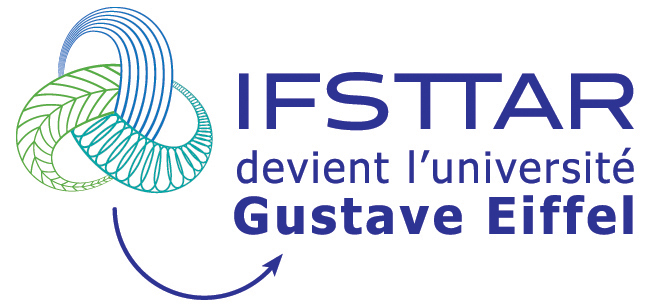Control of isolated response curves through optimization of codimension-1 singularities
Résumé
We introduce a computational framework for controlling the location of isolated response curves, i.e. responses that are not connected to the main solution branch and form a closed curve in parameter space. The methodology relies on bifurcation tracking to follow the evolution of fold bifurcations in a codimension-2 parameter space. Singularity theory is used to distinguish points of isola formation and merger from codimension-2 bifurcations and an optimization problem is formulated to delay or advance the onset or merger of isolated response curves or control their position in the state/parameter space. We illustrate the methodology on three examples: a finite element model of a cantilever beam with cubic nonlinearity at its tip, a two-degree-of-freedom oscillator with asymmetry and a two-degree-of-freedom base-excited oscillator exhibiting multiple isolas. Our results show that the location of points of isola formation and mergers can effectively be controlled through structural optimization.
Fichier principal
 control_of_IRCS_codim1_singularities_accepted.pdf (1.06 Mo)
Télécharger le fichier
control_of_IRCS_codim1_singularities_accepted.pdf (1.06 Mo)
Télécharger le fichier
Origine : Fichiers produits par l'(les) auteur(s)
licence : CC BY NC - Paternité - Pas d'utilisation commerciale
licence : CC BY NC - Paternité - Pas d'utilisation commerciale



